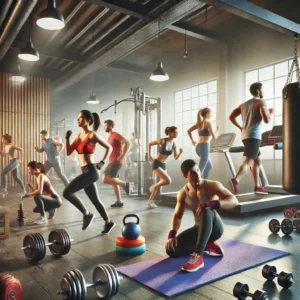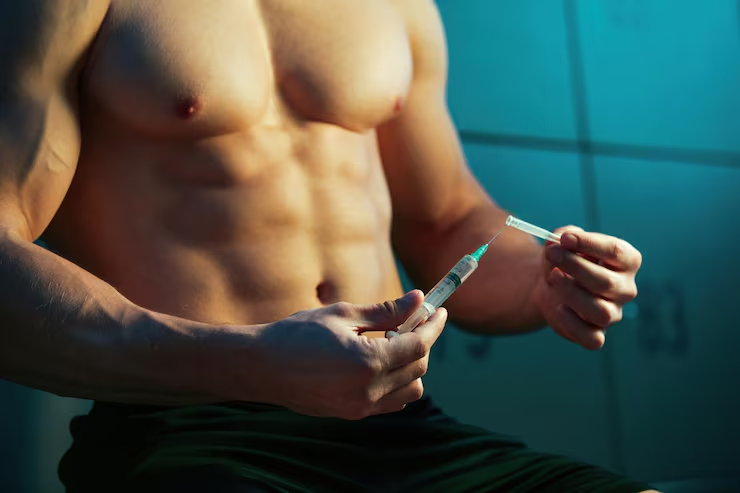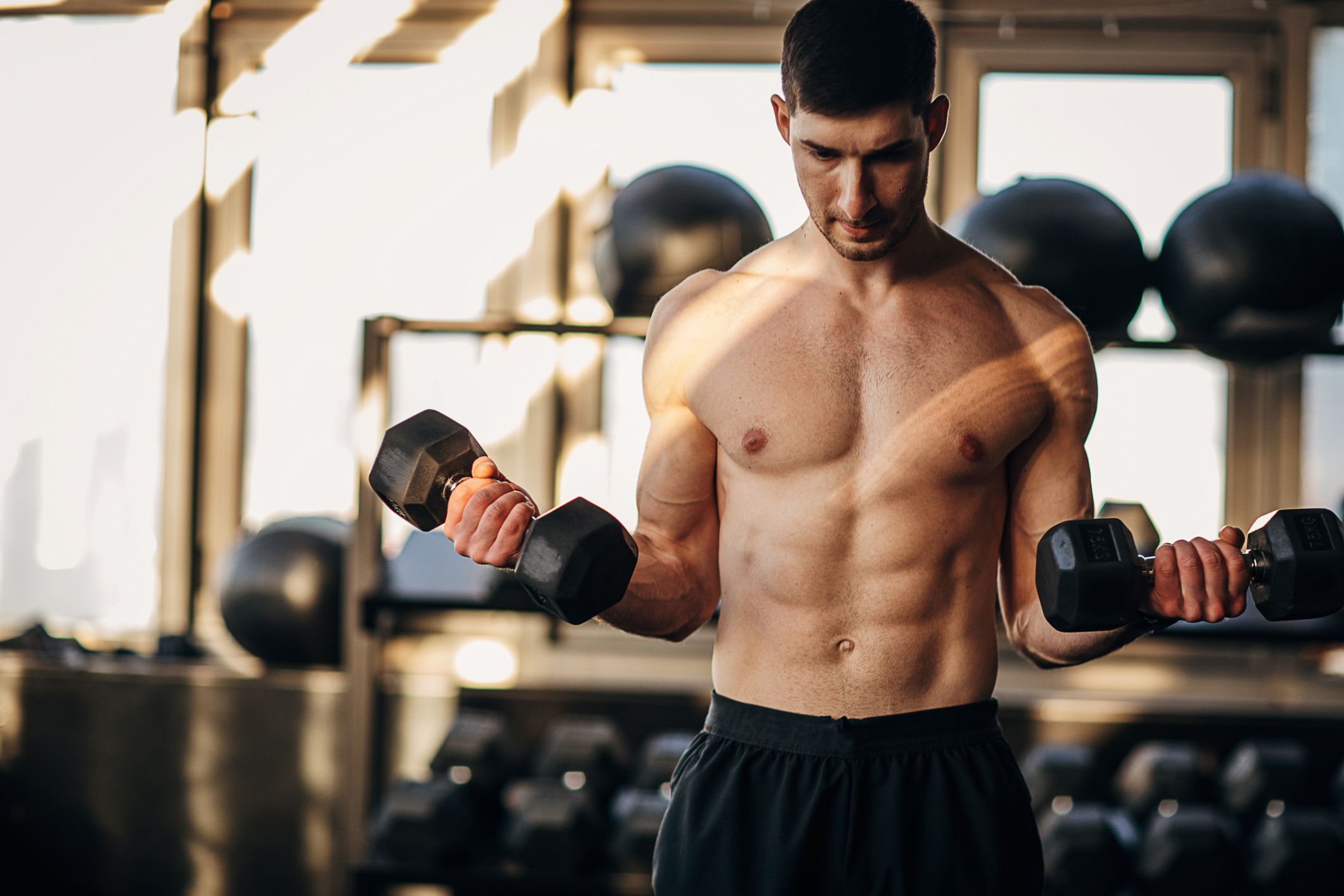In the world of competitive bodybuilding, where every flexed muscle and chiseled line is a testament to months—sometimes years—of relentless work, there’s a darker, often unspoken element pulsing beneath the surface: steroids. For many athletes chasing perfection, performance-enhancing drugs aren’t just an option—they’re a lifestyle. Living the steroid bodybuilding life is a mix of extreme dedication, constant scrutiny, and profound physical transformation, but it also comes with significant risks that go far beyond the gym.
The Allure of the Enhanced Physique
For most aspiring bodybuilders, it starts innocently enough. Hours in the gym, clean eating, protein shakes, and careful macronutrient tracking. Natural gains are satisfying, but as competitors rise through the ranks and expectations climb, so too does the pressure to grow faster, get leaner, and outshine the competition. Steroids promise what time and genetics often don’t—rapid muscle development, strength, and the ability to recover at almost superhuman rates.
With testosterone, trenbolone, anadrol, and growth hormone on the table, transformations become staggering. Users speak of explosive strength increases, massive pumps, and the ability to train for hours without breaking down. Steroids, in their eyes, become tools—no different than barbells or meal prep containers. But unlike those, they carry a hidden price.
Inside the Cycle
Living the steroid lifestyle means planning everything around “the cycle.” A cycle might last anywhere from 8 to 16 weeks and often includes multiple compounds stacked for maximum effect. Bulking cycles build mass. Cutting cycles preserve muscle while melting fat. Post-cycle therapy (PCT) attempts to reset natural hormone levels and avoid a brutal crash.
Every week becomes a calculated routine of injections, pills, liver protection supplements, and bloodwork monitoring. Needles are common. Privacy is sacred. Many users keep their regimens a secret, even from loved ones, fearing judgment or stigma.
Bodybuilders who openly discuss their usage often justify it as “part of the game.” They claim honesty is crucial in a world that pretends natural physiques are achievable through discipline alone. Others disagree, arguing the reliance on steroids creates a toxic standard that fuels insecurity and endangers lives.
The Physical Cost
The most obvious change is size. Steroid users often pack on 20 to 40 pounds of muscle within months. Veins bulge. Skin stretches. Clothing sizes jump. Strength surges.
But the internal changes are far less glamorous. Elevated blood pressure, liver strain, kidney damage, and altered cholesterol levels become part of the package. The heart, a muscle like any other, often enlarges—an effect that, over time, raises the risk of heart attack or stroke.
Acne, mood swings, hair loss, and gynecomastia (breast tissue growth in men) are common. Libido may soar or disappear entirely. Natural testosterone production can shut down, leading to long-term dependence. For some, the post-cycle crash leads to depression, anxiety, or even thoughts of suicide.
 The Mental Grind
The Mental Grind
Living this life also means wrestling with body dysmorphia. Many enhanced bodybuilders never feel big enough, lean enough, or strong enough. The mirror becomes both a motivator and a tormentor. Social media magnifies the pressure, with flawless physiques and “shredded” influencers serving as constant reminders of what others expect.
There’s also the constant fear of getting caught—especially in federations or contests that prohibit performance enhancers. Testing isn’t always rigorous, but the shame of public exposure keeps many athletes in the shadows.
Relationships can suffer too. Partners often struggle to understand the intensity and secrecy. Friends may notice mood swings or radical physical changes and pull away. Family members, worried about health risks, may intervene. For some, isolation becomes the cost of staying committed to the iron.
The Culture of Denial
Even in the professional world, steroid use is often swept under the rug. Brands market “natural” supplements featuring athletes whose physiques are impossible to achieve without chemical help. Competitions have “tested” and “non-tested” categories, but many agree that even tested events are often skirted by clever timing or loopholes.
Many influencers avoid discussing their use altogether, using vague phrases like “hard work and consistency” or “next-level supplementation.” This culture of denial misleads fans, aspiring lifters, and young athletes into believing they can reach pro-level physiques naturally.
And yet, there are those who speak out. Former competitors who have left the enhanced life often share their stories—about health scares, surgeries, and near-death experiences. Their honesty is sobering and necessary.
Living for the Stage
Despite the risks, for many bodybuilders, the reward is worth it. Walking onto the stage, under bright lights, with every muscle striated and every pose practiced to perfection, is a high few can explain. The applause, the trophies, the respect—it fuels the grind.
But it’s fleeting. The off-season brings bloating, hormonal shifts, and a sense of loss. Many chase the peak again and again, often at the cost of their health, their relationships, or their happiness.
For some, the journey ends with success and careful management of long-term consequences. For others, it ends in tragedy—heart failure at 30, kidney failure by 40, or irreversible hormonal damage. The names of once-famous bodybuilders lost too soon are etched into the sport’s dark history.
Final Flex
The steroid bodybuilding life is not just about size—it’s about sacrifice. It’s about trading time for results, trading health for a shot at glory. For some, it’s worth it. For others, it ends too soon.
The conversation around steroids in bodybuilding needs more honesty, education, and accountability. Not to shame—but to inform. Because behind every monster physique is a human body… and a price paid to build it.
- Pope, H. G., Wood, R. I., Rogol, A., Nyberg, F., Bowers, L., & Bhasin, S. (2014). Adverse health consequences of performance-enhancing drugs: An Endocrine Society scientific statement. Endocrine Reviews, 35(3), 341–375. https://doi.org/10.1210/er.2013-1058
- Sagoe, D., Molde, H., Andreassen, C. S., Torsheim, T., & Pallesen, S. (2014). The global epidemiology of anabolic-androgenic steroid use: A meta-analysis and meta-regression analysis. Annals of Epidemiology, 24(5), 383–398. https://doi.org/10.1016/j.annepidem.2014.01.009
- Brennan, B. P., Kanayama, G., Hudson, J. I., & Pope, H. G. (2011). Human growth hormone abuse in male weightlifters. American Journal on Addictions, 20(1), 9–13. https://doi.org/10.1111/j.1521-0391.2010.00092.x
- Parkinson, A. B., & Evans, N. A. (2006). Anabolic androgenic steroids: A survey of 500 users. Medicine & Science in Sports & Exercise, 38(4), 644–651. https://doi.org/10.1249/01.mss.0000210194.56834.5d
- Thiblin, I., & Petersson, A. (2005). Pharmaceutical anabolic-androgenic steroids and counterfeits: The association with adverse effects and the quest for safer doping. Substance Abuse Treatment, Prevention, and Policy, 2(1), 12. https://doi.org/10.1186/1747-597X-2-12
Strength & Sacrifice: Living the Steroid Bodybuilding Life
Strength & Sacrifice: Living the Steroid Bodybuilding Life








